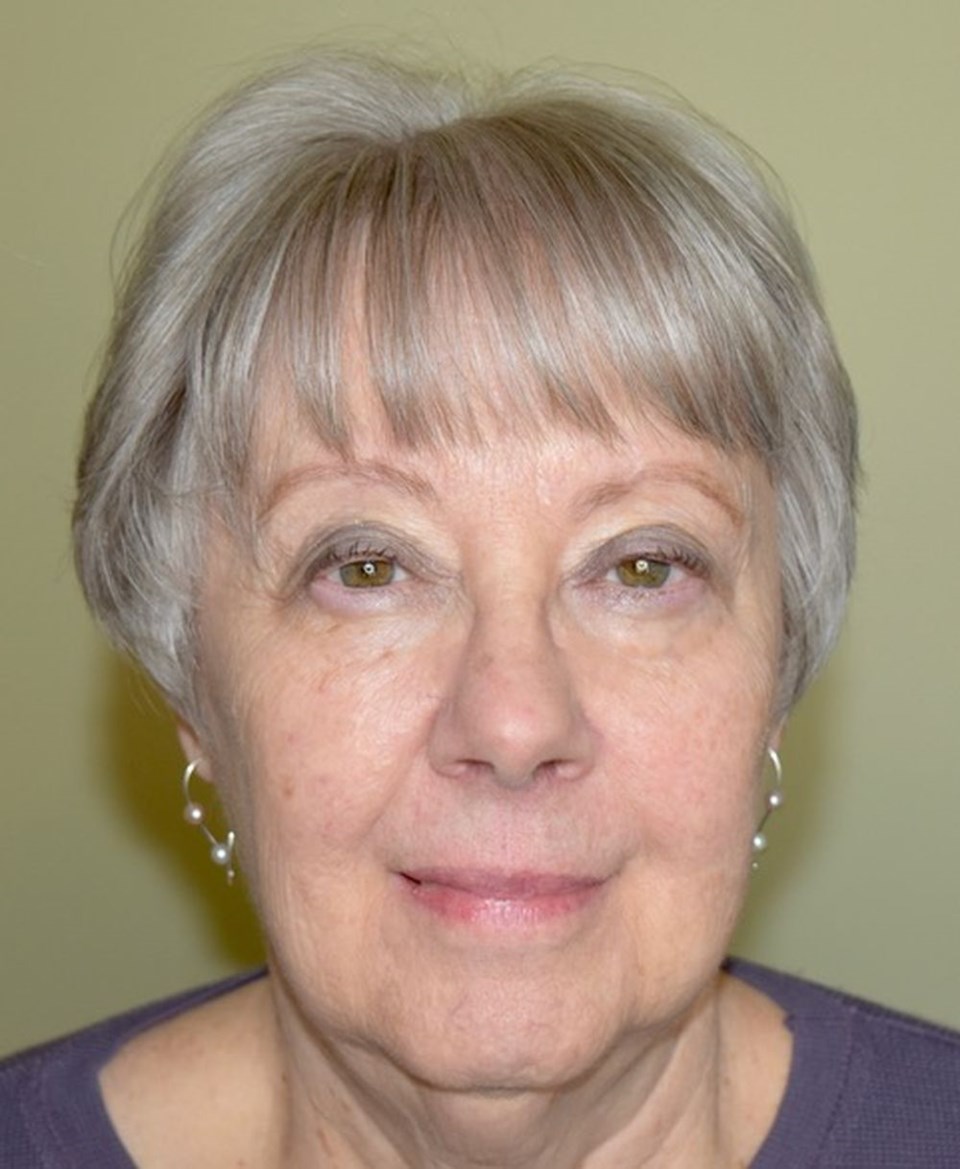Can you move your baby toe from side to side? Try it. If you can’t, you are not alone. However, according to trainer, Ginette Séguin-Swartz, the movement is quite possible and can be “rediscovered” with conscious effort and focused training.
Antigym is neither a therapy, nor a sport, but a unique method of body work which enables participants to better understand and reclaim ownership of their bodies, stated a release. The movements that are suggested are subtle, precise and exact, taking into account thoughts and emotions while respecting the body’s structural integrity.
Séguin-Swartz was born and raised in the Eastern Townships in Québec. After completing a Ph.D. degree at McGill University in Montreal in 1979, she moved to Guelph, Ontario for post-doctoral studies before moving to Saskatchewan in 1981 to start a career as a Research Scientist at the Agriculture & Agri-Food Canada Research Centre in Saskatoon. In 2013, she retired after more than 30 years of service.
Currently, Séguin-Swartz teaches Antigym classes from her home studio in Saskatoon. Like the name suggests, the method consists of total movements in consciousness that take the opposite approach to the repetitive nature of gym routines. Students of Antigym® classes have reported improved mobility and muscle tone, decreased stress and muscular tension, as well as improved ease of movement, coordination, and posture.
During Antigym training there is no touching or hands on correction by the instructor. There is no requirement to hold or maintain a position. Instructors will not yell, and there is no expectation to move in a way that causes pain. All movements suggested by the instructor have a precise objective, while СŔ¶ĘÓƵ extremely respectful of everyone’s body and physiology. According to SĂ©guin-Swartz, one of the main benefits of the practice is in understanding what the body can and can’t do. In fact, she maintains that discovering physical limitations can be a good thing.
“Like for so many others, my introduction to Antigym was via Thérèse Bertherat’s seminal work, Le Corps a ses raisons - Auto-guérison et antigymnastique (The Body Has Its Reasons, Self-Awareness Through Conscious Movement)” explained Séguin-Swartz.
“The book, gifted to me by a relative in the late 1970s, resonated in me and still does to this day. In the early 2000s, almost 25 years after reading the book, I had the opportunity to meet Thérèse Bertherat and do a five-day workshop with her in Paris. I fell in love with the method and ended a 10-year yoga part-time teaching career to begin training with Madame Bertherat to become a certified Antigym instructor.”
After several trips to France for training, Séguin-Swartz was certified in 2004 and began to offer classes part-time at a studio in Saskatoon. In 2006, responding to the need for more Antigym instructors in North America, she became a certified Antigym trainer under Madame Bertherat’s supervision. She has been training new practitioners in Canada and abroad since then. For Séguin-Swartz, teaching Antigym has become a full-time second career.
Ěý
Antigym classes are suitable for children above the age of seven, adults, and seniors. Class sizes are always small. Fees are $25 for a one-hour class with SĂ©guin-Swartz, although fees differ among practitioners. Equipment is not necessary for all classes, however, equipment (balls) can be provided for a fee.
For online classes, participants need a tablet or a phone that can be positioned so that the instructor can see them clearly. The room must be adequately lighted. Clothing should be loose and comfortable, free of jewelry and accessories. Participants are often laying down on their back, so their workroom must be carpeted or they can lay down on an exercise mat covered with a blanket.
People interested in trying out a class can do so by making contact with practitioners on the Antigym website: . Although there are only a small number of instructors in Canada, classes are offered worldwide. More than 40 years after its creation, Antigym is known and practiced in France, Italy, Spain, Brazil, Argentina, Switzerland, and several other countries.”
Due to the Covid-19 situation, Antigym classes are currently only available online. Certified Antigym practitioner training courses are available in both English and French, concluded the release.




